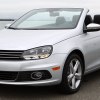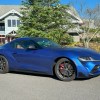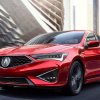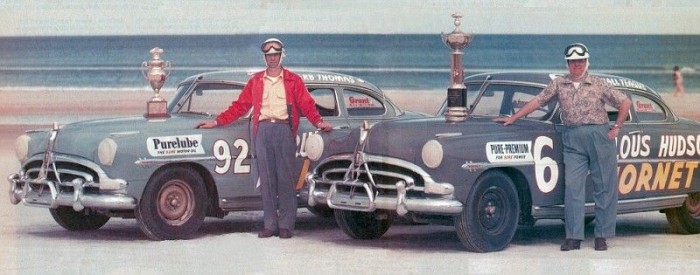
The Five First Muscle Cars Ever Sold in America
When you think about the first muscle cars you think of the mid-1960s GTO, the Hemi-Mopars in the late-1960s, and big-block Camaros and Cobra-Jet Mustangs. But none of those were close to being the first factory hot rods. You have to go back to just after WWII to see the first muscle cars that came along pairing big sedans with bigger V8s.
What were the first muscle cars? Here’s a list of the earliest examples of Detroit’s pursuit of cheap, affordable, fast cars.
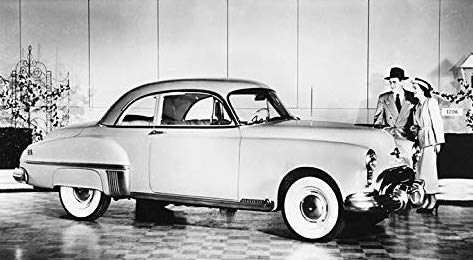
Photo: General Motors
1949 Oldsmobile Rocket 88
Oldsmobile and Cadillac were the first to develop overhead V8 engines in 1949, though they were completely different with no common parts. While Cadillac engines powered GM’s luxury line, Olds engines got stuffed into Oldsmobiles, as one would expect. Oldsmobile made its larger “98” which shared a common body with Cadillac and Buick, and the “88” which was smaller and shared bodies with Chevy and Pontiac. It also inspired the first rock-and-roll song.
Since the new 303-ci V8 was available in all Olds products, some enterprising buyers figured out you could order a cheap, stripper sedan and end up with a lightweight, fast, and sporty car. Thus the “Rocket 88” was born. Buyers instantly had a new car they could pop the hubcaps off of, stick the air cleaner in the trunk, and go drag racing. And be competitive at that. That makes it arguably the first muscle car.
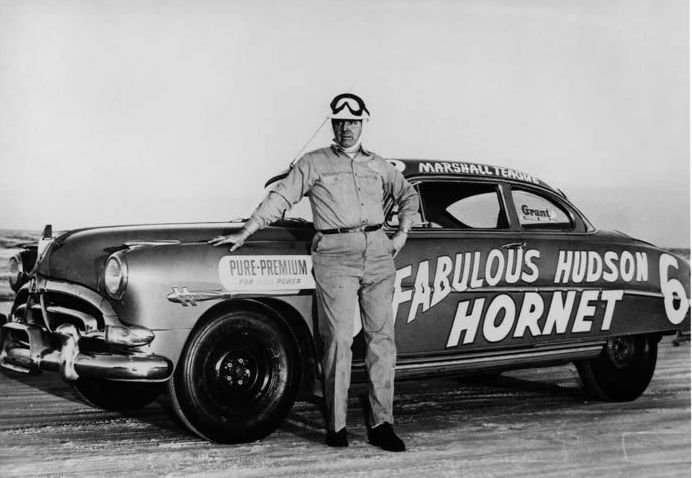
Photo: FCA
1951-1954 Hudson Hornet
Those who remember Hudson probably think of it as a frumpy, old man’s car, but in the early 1950s, it was anything but. In fact, it was tearing up the NASCAR circuit back when stock car racing was actually men racing stock, unmodified cars. That’s why Hudson was so good because the dual-carb “Twin-H” Hornets were fast and lightweight for their time. It was first with the “step-down” design with the floor positioned between the frame rails instead of on top of them. You “stepped down” into a Hudson. The cars were lower with a lower center of gravity. That’s what you want in racing.
Those 303-ci Hornet engines cranked out 170 hp. This was advertised as “the largest six-cylinder engine in the world.” Hudson also helped out racers by offering “severe usage” components which were nothing more than back-door racing parts. In 1952 Hudson won 12 of the 13 NASCAR events. Combining AAA circuit Hornet wins Hudson won a combined 40 races out of 48, from a car you could buy straight off of a dealer’s lot.
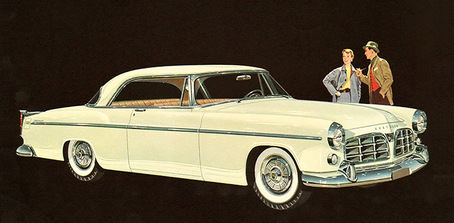
Photo: FCA
1955 Chrysler 300
Chrysler was looking to burnish its “old man’s car” image and also offer a factory hot rod customers could use in NASCAR racing. It didn’t have to sell many, but it needed to make a splash to juice up marketing and generate some free publicity. Chrysler already had the fantastic 331-ci Hemi engine, but it would need to be massaged. Its lightest offering was the short wheelbase Nassau hardtop. With dual 4-bbl carburetors and solid lifters, Chrysler got a solid 300 hp. That’s where the limited-edition Chrysler 300 got its name.
To distinguish it on the outside Chrysler also grafted the Imperial’s split front grille, only offered tan leather interiors and three exterior colors; black, white, or red. You could get a two-speed automatic, or three-speed manual trans, too. Advertising pushed performance and speed. Able to hit 128 mph in the flying mile and kicking some butt in the NASCAR circuit, Chrysler sold 1,722 examples. That was enough to homologate them for NASCAR competition and instantly become the face of Chrysler. The company continued to build special “letter-series” Chryslers for another 10 years.
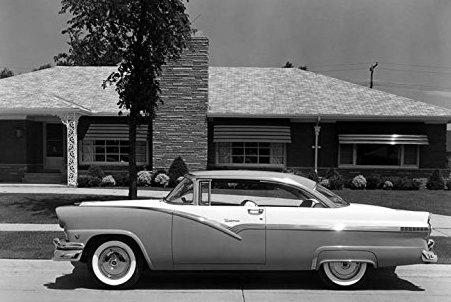
Photo: Ford Motor Company
1955-1956 Ford M-Code and P-Code
Ford beat Chevy in the V8 race by one year with its “Y-block”. When Chevy came out with their V8 in 1955 Ford was compelled to up the ante. It offered M-Code and P-Code engines for all to order if so desired. The “Power Pack” M-Code came with 272 ci, a four-barrel Holley carburetor, and 182 hp when all other engine options got you a two-barrel and 162 hp. The “Thunderbird V8” P-code upped compression and horsepower to 198 hp.
This was another case of combining a big engine with a lightweight sedan that made for a fast and cheap weekend warrior. In 1956 the displacement of the M-Code was increased to 292 ci and horsepower to 200 hp. Going with the P-Code “Thunderbird V8” saw an increase to 312 ci and 225 hp. Horsepower ramped up quickly. In 1957, a supercharged F-Code 312 ci cranked out a cool 300 hp.
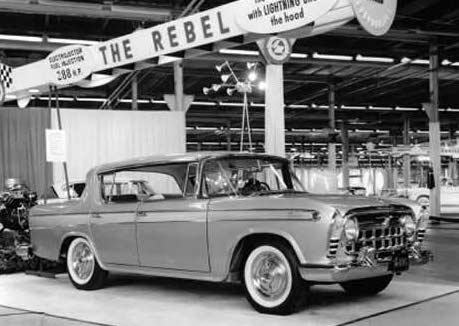
Photo: FCA
1957 Rambler Rebel
In 1956 Rambler had a new, distinctive body, and also introduced its own V8 engine. At 190 hp, it was more powerful than Chevy’s. Rambler became a separate marque in 1957. To advertise the new brand, fairly new body, and V8 engine, Rambler put its fastest engine in its lightest Rambler, its four-door midsize sedan. Rambler called the sleeper sedan “Rebel.” Though few were produced, you could also order your Rebel with Bendix electronic fuel injection.
0-to-60 mph time (with carburetors) was 7.5 seconds. The 327 ci V8s got special treatment before getting installed with the addition of solid lifters and higher compression. Though advertised as having 255 hp, the horsepower was really closer to 300. This was the first time a large engine was stuffed into an intermediate body. It was the same recipe as Pontiac used to create the GTO in 1964. Rambler sold 1,500 Rebel sedans, all painted silver with gold anodized aluminum accents on its sides.
